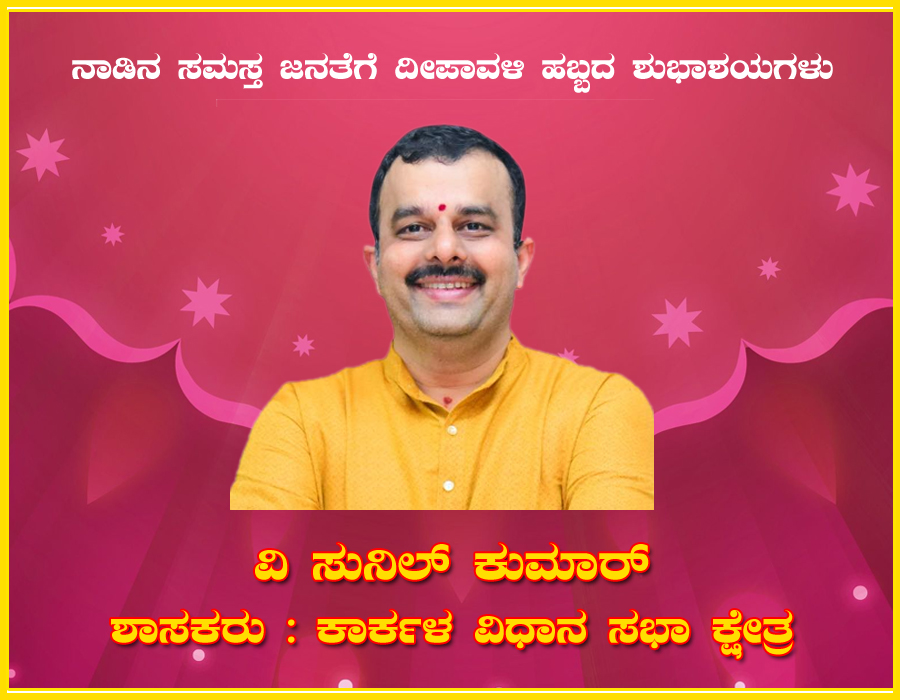BJP ropes in professionals for campaign
11:19 AM, Friday, February 21st, 2014 Mumbai: It’s difficult to miss the BJP’s prime ministerial candidate. As its Lok Sabha campaign gathers steam, Narendra Modi’s face is on posters and advertisements and across the social media spectrum. But there is much more to come, with the party in the process of tying up with advertising stalwarts in the city to handle its media campaign.
Mumbai: It’s difficult to miss the BJP’s prime ministerial candidate. As its Lok Sabha campaign gathers steam, Narendra Modi’s face is on posters and advertisements and across the social media spectrum. But there is much more to come, with the party in the process of tying up with advertising stalwarts in the city to handle its media campaign.
The BJP has appointed media planner Sam Balsara, who heads Madison Media, for its campaign. It has approached McCann Worldgroup’s high-profile chief, Prasoon Joshi, to handle the creative aspect.
“We will be handling media planning and buying. This includes the presence in print, television, radio and the digital space,” Mr. Balsara said.
However, Mr. Joshi said nothing had been finalised yet with his agency. “Our business is developing communication and one of our subsidiaries is in talks with the BJP. However, nothing has been formalised,” Mr. Joshi told The Hindu.
McCann sources say Mr. Joshi was approached informally and the agency was in the process of coming up with a pitch. However, they were reluctant to divulge the scale of the plans, saying that talks were still on.
McCann Worldgroup pitched for the Congress campaign last year, but did not get the deal. The party has begun its campaign with the tagline Main Nahin, Hum, with its vice-president, Rahul Gandhi, at the helm. Sources say the Congress had approached advertising agencies as early as May 2013.
Mr. Modi already has a massive online and social media campaign. Among the first major politicians to take to social media, he has 3.4 million followers on the micro-blogging site Twitter and over 10.5 lakh likes on his Facebook page. The global public relations giant Apco Worldwide had earlier handled his Vibrant Gujarat summit.
Advertising professionals say despite the social media boom, most political parties find it necessary to hire professionals. “It helps to articulate their strategy and also to bring their achievements to the notice of their vote bank,” says Prahlad Kakkar of Genesis Films.
His own experience of political image-building dates back to the former Prime Minister Indira Gandhi’s election campaign in 1971. Faced with opposition from within the party, she wanted to emerge as a leader in her own right. “I was working as an intern with Shyam Benegal. This was before the age of television, but we ran a very successful print campaign with over 6,000 advertisements released in theatres,” he recalls.
Since then, for the political class, there has been no looking back. But Mr. Kakkar feels that while media campaigns can spruce up an image, they cannot build it from scratch. “There has to be an iota of something in the politician. Advertising campaigns can build on it but there has to be something to build on,” he says.
Simillar Posts
Warning: count(): Parameter must be an array or an object that implements Countable in /home/megamcaq/public_html/wp-content/plugins/post-plugin-library/common_functions.php on line 357
- None Found
Leave a Reply
© Copyright 2008 www.megamedianews.com All Rights Reserved. Privacy Policy








 Posted in
Posted in  Tags:
Tags: 






